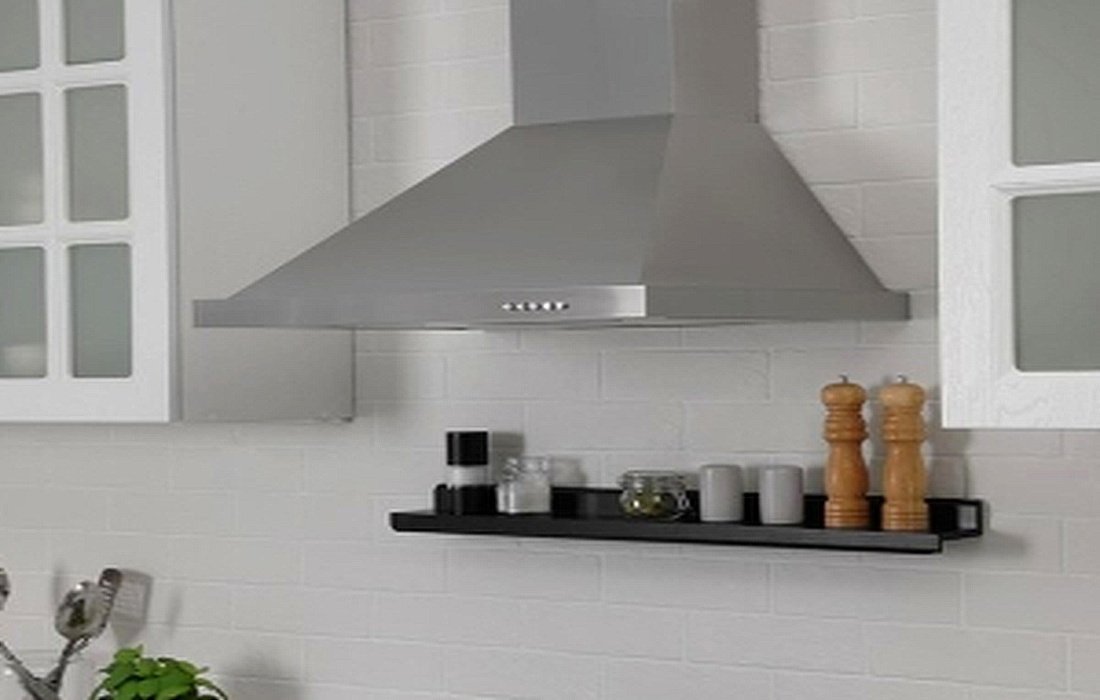Common IssuesKitchen Hood
The kitchen, as the heart of the home, holds a special place in our lives. Various problems in this space can reduce the joy and quality of cooking, and can also affect the health of families. One of the important tools for maintaining cleanliness and health in the kitchen is the hood or exhaust fan, which is responsible for removing smoke, odors, and cooking vapors from the kitchen.
However, just like any appliance, kitchen hoods can face certain problems that may have negative effects on their performance. Some of these issues include reduced exhaust efficiency, unpleasant odors in the kitchen, sudden vibrations, and problems related to installation and maintenance. In this section ofSelMagz, we will examine and address these common kitchen hood problems.
Reasons for Hood Noise and Shaking
Is your kitchen hood noisy or shaking? The motor or its accessories might be malfunctioning. To fix these problems, it’s a good idea to check the internal components of the hood, and if repairs are needed, consult a skilled technician.
Reasons for Kitchen Hood Not Turning On
Is your hood not turning on? In this case, first check the electrical wiring and the hood’s circuit board to ensure everything is properly connected. If the hood still doesn’t work, the motor may be malfunctioning and needs repair.

Reasons for Kitchen Hood Not Working
- If there’s no electrical current reaching the hood’s circuit, it may be due to a break in the wires or issues with the connections, resulting in a power outage for the hood. These problems should be examined and repaired by a specialized technician.
- The motor of the kitchen hood may be weak due to the improper functioning of the fans or control boards, overheating, or internal component failures. This issue can be resolved by replacing faulty parts or repairing the motor by a qualified technician.
- Failure of the electronic circuit board: The electronic circuit board of the kitchen hood may fail due to incorrect wiring or breakdown of its electronic components. In this case, the board should be repaired or replaced so that the hood functions normally.
- Breakdown in the hood’s wiring circuit: A break may occur in the wiring circuit of the kitchen hood, leading to a loss of power supply to the hood. Checking and repairing these issues require technical expertise.
- Burnt main fuse of the hood: The main fuse of the kitchen hood may blow due to overloading or issues in the circuit, cutting off the power supply. To resolve this, the fuse must be replaced and if the issue recurs, the main cause should be investigated.
Hood Operating Continuously
Is your hood continuously working? If the hood is always on or off and the control buttons are not functioning correctly, the switch or board may be malfunctioning and needs repair or replacement.
Issues with the Kitchen Hood Display
Are the display buttons or the odor and temperature sensors of the hood not working? If the buttons or sensors of the hood are not acting correctly, the board or wiring of the device might be faulty and need checking and repair.
Weak Suction of the Kitchen Hood
Is the suction of the hood weak or stopped? If the suction power of the hood has decreased or the hood is not functioning properly, the filter or motor may be defective and require repair or replacement.
Tips for Maintaining Your Kitchen Hood and Extending Its Lifespan
To ensure optimal performance of the kitchen hood and prevent problems, pay attention to a few important points:
- When your stove is on, make sure to turn the hood on to prevent heat damage to the hood.
- Also, for cleaning the glass of the hood, let it cool down completely to avoid potential burns.
- For cleaning the steel parts of the hood, use non-acidic cleaners and wipe the hood’s display buttons with a damp cloth, ensuring to dry them afterward.
- Occasionally clean the hood’s fan with a cleaning solution, and ensure the hood is off while cleaning.

Important Uses of the Kitchen Hood
The kitchen hood has many important uses, the most significant of which are:
Removing Odors, Smoke, and Steam
During cooking, steam and smoke are expelled through the hood, preventing their accumulation in the kitchen. This process creates fresh and clean air in the kitchen.
Reducing Air Pollution
The kitchen hood transfers gas, grease, and suspended particles, which helps reduce air pollution and maintain indoor air quality.
Maintaining Appropriate Humidity
The hood maintains appropriate humidity levels in the kitchen, which prevents problems associated with increased humidity such as the growth of germs, fungi, and mold, thus helping preserve the health of family members.
A Cleaner Kitchen
By removing grease and moisture from the kitchen, surfaces and walls avoid accumulating dirt and grease, and overall, the kitchen stays clean and hygienic for longer.







